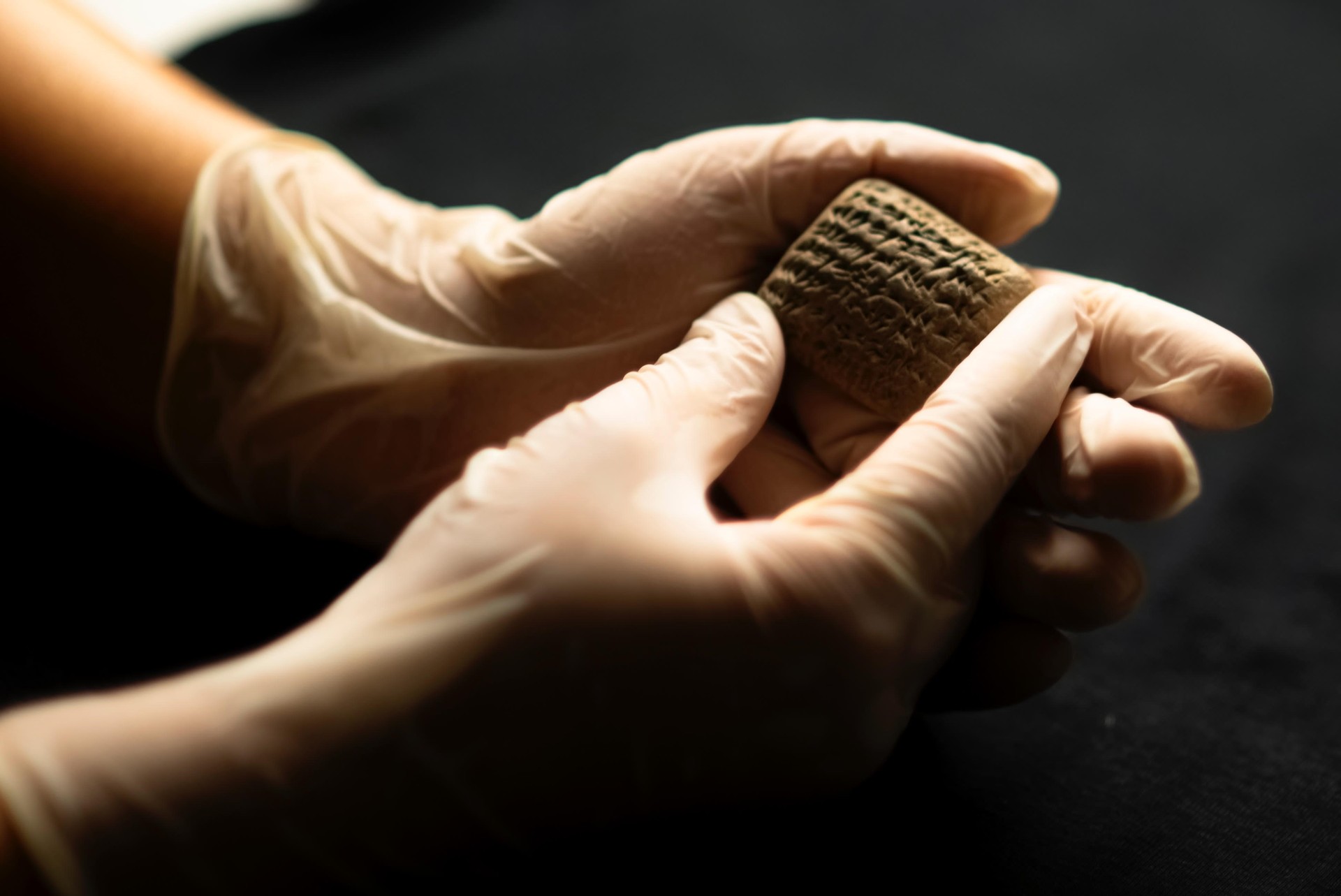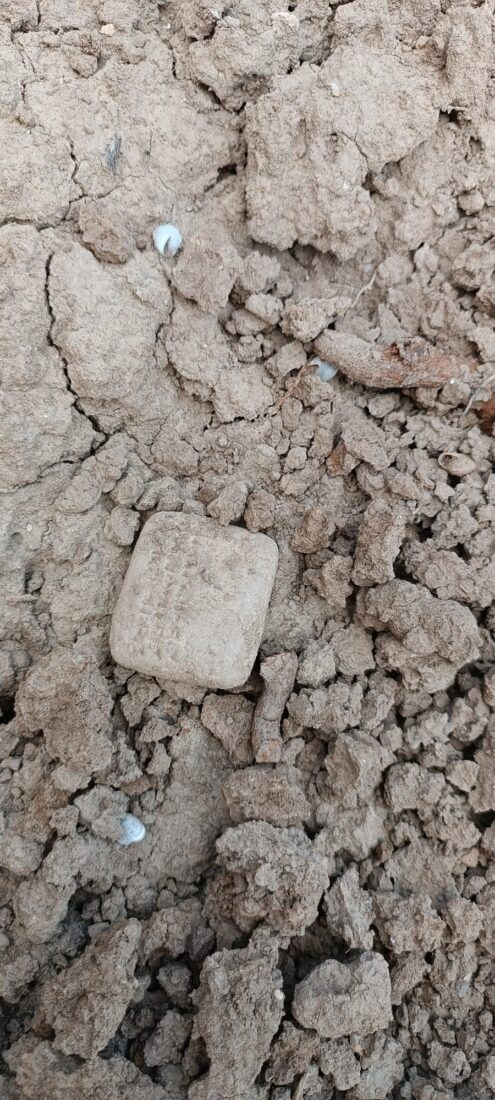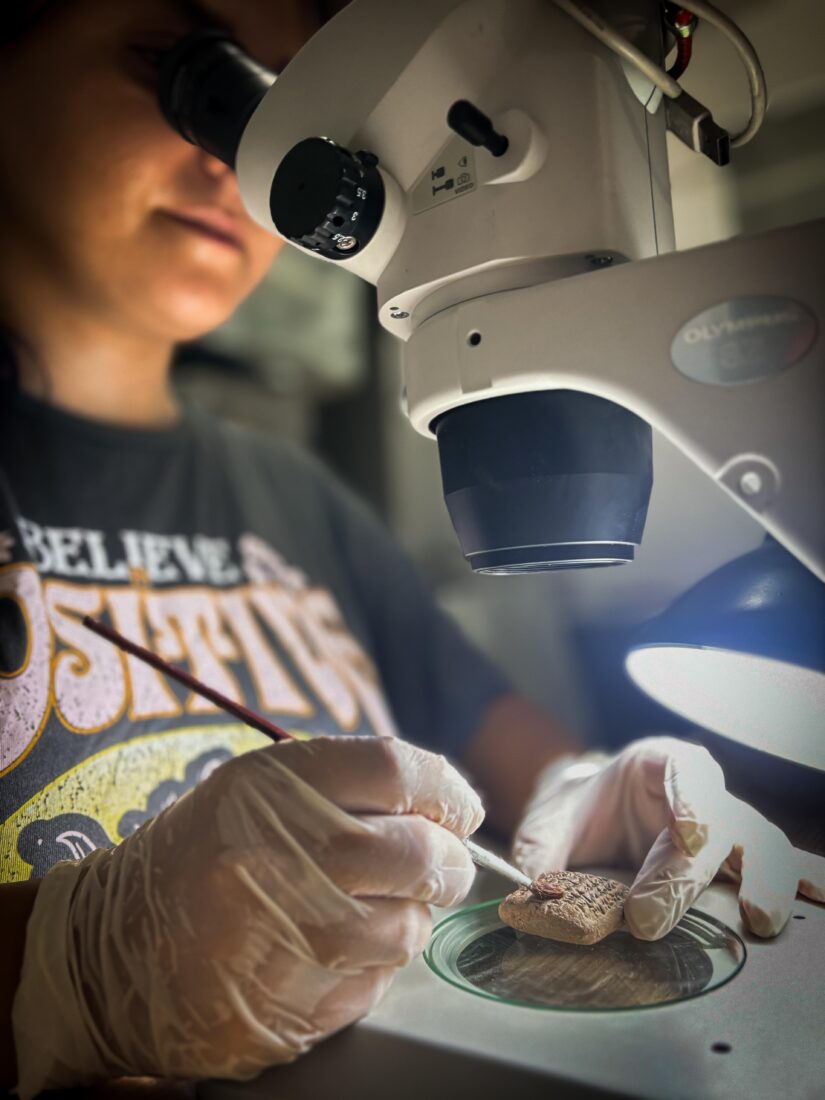
In a significant archaeological breakthrough, Minister of Culture and Tourism Mehmet Ersoy announced the discovery of a crucial tablet at Accana Hoyuk, also known as ancient Alalah, in Hatay's Reyhanli district.
This tablet will provide new perspectives on the economic structure and state system of the Late Bronze Age.
Minister Ersoy shared that initial readings date the Akkadian cuneiform tablet to the 15th century B.C. The tablet records extensive transactions involving furniture, offering valuable insights into the time's economic practices.
"We believe this 28-gram tablet will offer a new perspective on understanding the economic structure and state system of the Late Bronze Age," Ersoy stated in a social media post.
The minister praised the diligent efforts of the Ministry of Culture and Tourism's Excavation Department teams, emphasizing their dedication to preserving and passing on Türkiye’s rich heritage to future generations.

According to the ministry, the tablet was discovered during restoration following an earthquake in the ancient city of Alalah in Hatay's Reyhanli district.
The Akkadian cuneiform inscriptions on the tablet provide insights into its era, with preliminary readings suggesting it dates back to the 15th century B.C. It appears to be an administrative record of a significant furniture transaction.
The tablet measures 4.2 by 3.5 cm, has a thickness of 1.6 cm, and weighs 27.85 grams. Johns Hopkins University faculty member Jacob Lauinger and doctoral student Zeynep Turker are studying it.

The initial lines document the purchase of numerous wooden tables, chairs, and stools. Linguists continue to work on understanding the specifics, such as the quantities involved and the parties engaged in the transactions.
This discovery is expected to contribute significantly to our understanding of the Late Bronze Age's economic and administrative practices, providing a clearer picture of the period's societal structures.